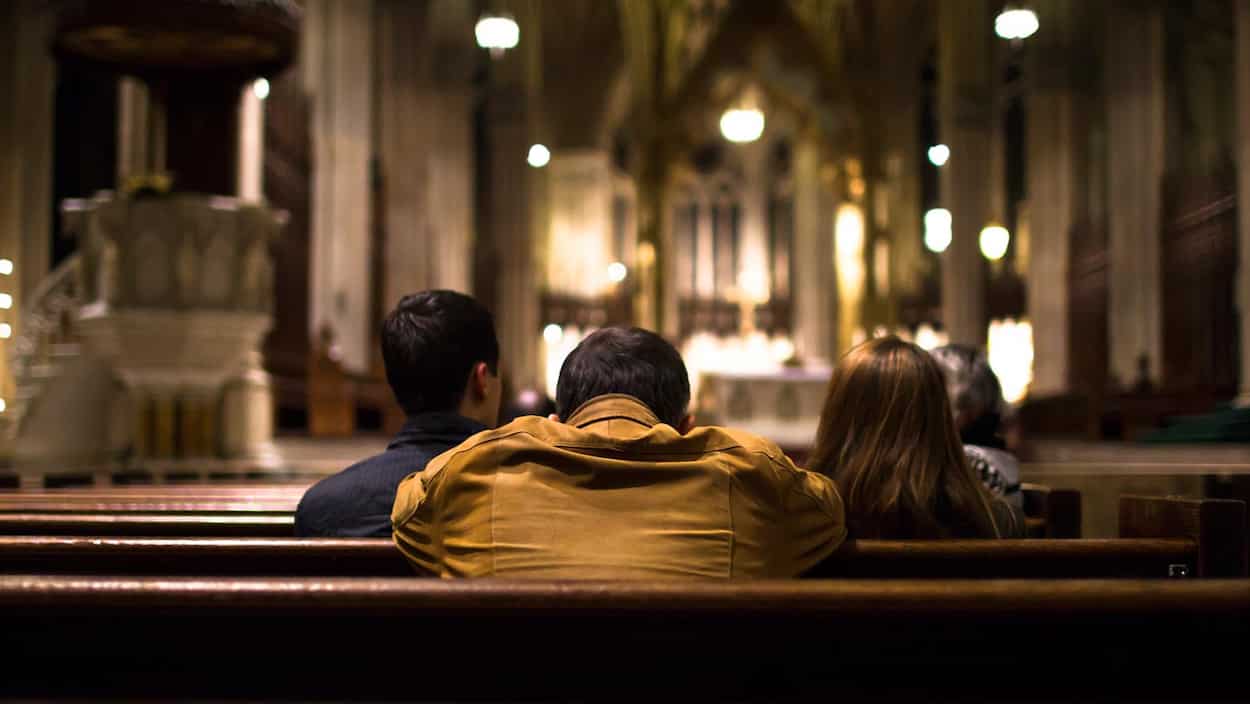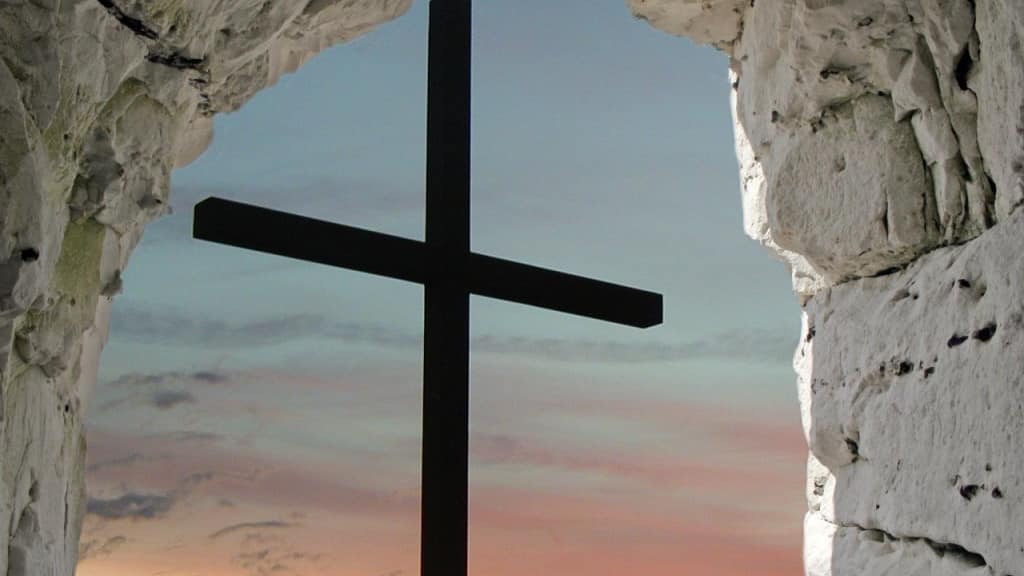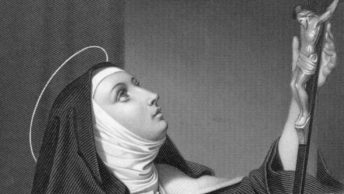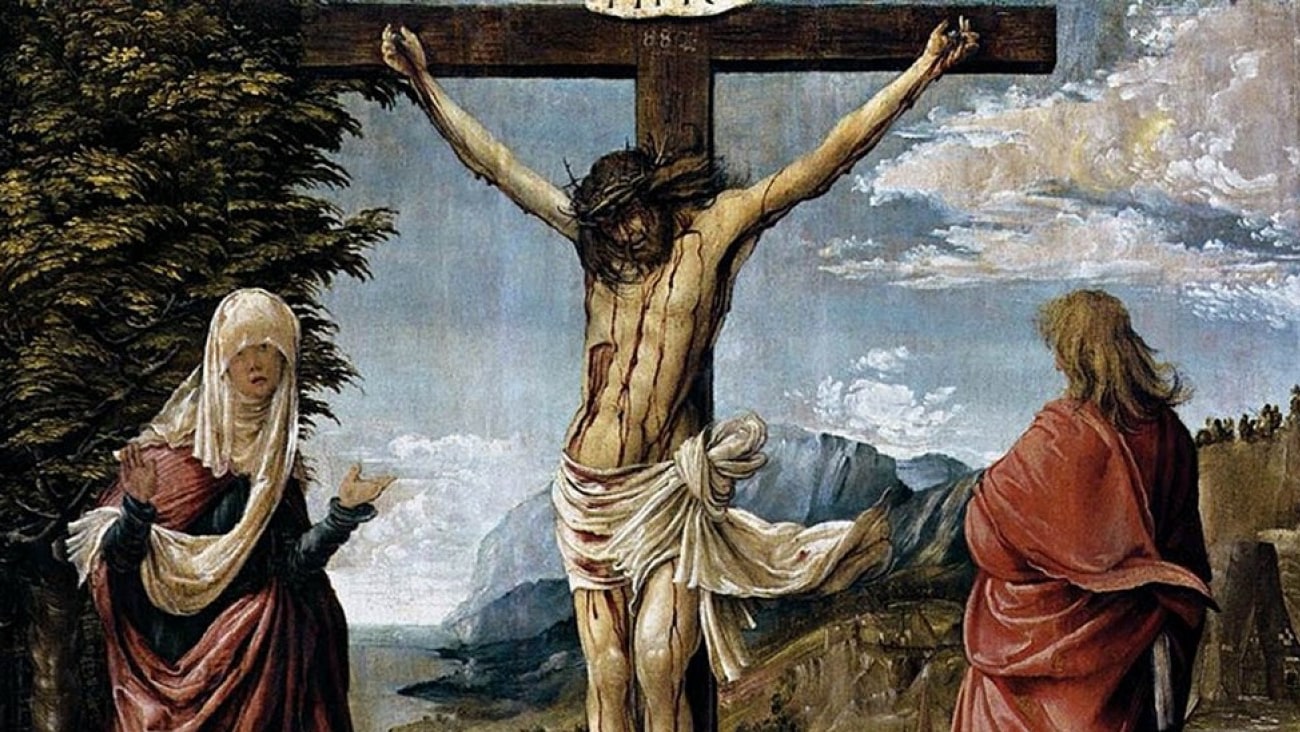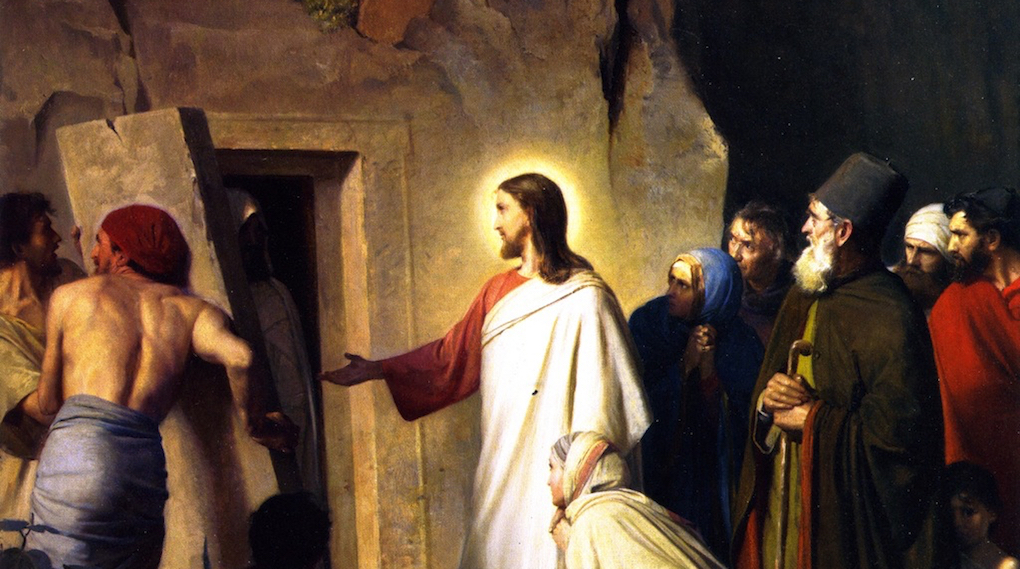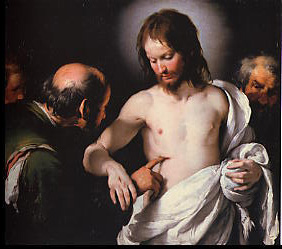 This Gospel that we read today is read every year on the 2nd Sunday of Easter. But every time I read this Gospel passage, I feel sorry for poor Thomas. I think he has been unfairly branded. Because of this Gospel text, he is forever known as the doubting Thomas.
This Gospel that we read today is read every year on the 2nd Sunday of Easter. But every time I read this Gospel passage, I feel sorry for poor Thomas. I think he has been unfairly branded. Because of this Gospel text, he is forever known as the doubting Thomas.
The name Thomas in Hebrew or Aramaic means twin. In Greek it is translated Didymus. One tradition identifies him as Judas Thomas. Most scholars tend to agree that Thomas was called the twin simply because he had a twin brother.
Tradition says that, after the Pentecostal experience, the Apostles dispersed to preach the Gospel, each going in a different direction, and Thomas headed east, ultimately traveling over 3,000 miles, going as far as the Malabar Coast in India. To this day, there is still a large native population there that call themselves the “Christians of St. Thomas.”
In an ancient text titled The Passing of Mary, reportedly written by Joseph of Arimathea, Thomas was blessed by God when he was given the privilege of being the only eyewitness to the Assumption of our Blessed Mother into Heaven. (Two Glastonbury Legends: King Arthur and St. Joseph of Arimathea, Robinson, J. Armitage, p.33) Tradition says, and that text reports, that when Mary’s life here on earth came to a peaceful end, she died in the presence of all of the apostles; all, that is, except for Thomas who was in India at the time. The story goes on to say that after Mary’s body was laid in the tomb, Thomas was miraculously transported to her tomb in Jerusalem through the power of the Holy Spirit, at which time Thomas saw Mary’s body being taken up to heaven by the angels. He prayed to her and she responded by tossing him the cincture, or belt, that she had around her waist. This cincture or belt is frequently referred to as a girdle. (The Passing of Mary, First Latin Form) Thomas then returned to India and he carried this precious treasure with him continually for the rest of his life. When he died, he was buried and this treasure was buried with him. This is why Thomas is depicted in several medieval and Renaissance paintings as receiving the cincture or girdle from our Blessed Mother.
In 394 AD the coffin of St. Thomas, along with this sacred treasure, was moved from India to a Church in Syria. Today this sacred cincture or belt is kept in St. Mary’s Church in Holms, Syria. In 1953, a sample of this cincture was taken and carbon tested by archeologists. Their testing confirmed the cincture to be two thousand years old and that it had been made in Palestine, thus adding considerable evidence to the likelihood of its authenticity.
Thomas is mentioned in several places in scripture. In the 11th chapter of John, for example, Jesus had just told his disciples that He was planning to return to Judea. The disciples warn Him not to go because the Jews there wanted to stone Him. Thomas is the one who says courageously, “Let us also go, that we may die with him”. (John 11:16) And at the last supper, Jesus told his disciples, “I am going to prepare a place for you.” (John 14:2) Thomas is the one who said, “Lord, we do not know where you are going. How can we know the way?” (John 14:5) To which Jesus replies, “I am the way the truth and the life.” And when Thomas did see the Risen Lord for the first time, he responded with those forever famous and powerful words, “My Lord and my God.” (John 20:28) Thomas is mentioned again as one of the seven disciples on the Sea of Galilee, when the Risen Lord appears to them there.
To forever label him as the Doubting Thomas, a man who was as dedicated, devoted and blessed as he was, is, in my opinion, an unfair tribute to his memory. In today’s Gospel, Thomas asked for proof, that’s true; but in reality we are no different. You might say that the desire for confirmation is part of our human nature. John, in his Gospel, recognized that need within us and he addressed it when he said, “These things have been recorded to help you believe that Jesus is the Messiah, the Son of God, so that through this faith you may have life in His name.” (John 20:31)
And as evidence for us, did you know that the scriptures list 13 different and specific incidents in which Jesus appeared to others after his resurrection. But that’s not the strongest evidence. The strongest evidence of the resurrection of Jesus is in the lives of those who follow Him.
Take a look at the apostles for example. John was the only one that stuck around when Jesus was crucified. The rest all scattered. They ran and hid in an upstairs room, fearing for their lives. But after they experienced the Risen Lord, and after their Pentecostal experience, they each spent the rest of their lives boldly proclaiming the Gospel of Jesus. And all but one of them died a martyr, because they refused to stop proclaiming the Good News of the Gospel.
The apostle Andrew was crucified. He hung on the cross for 2 days. And even while he was hanging on the cross, he continued to encourage and preach to those who gathered around him to watch him die.
Bartholomew was flayed alive, then crucified and finally beheaded.
James, the son of Alphaeus, was stoned and clubbed to death by the Jews.
James, the son of Zebedee, was beheaded.
Judas son of James, not Judas Iscariot, was also stoned and clubbed to death.
Matthew was martyred, but reports vary, some say he was burned, others say he was stoned and beheaded.
Philip was crucified in what is now modern day Turkey.
Simon Peter was crucified upside down at his request. He said he was unworthy to be crucified the same way as Jesus.
Simon the Zealot was crucified.
Matthias was stoned and crucified.
John, the author of today’s Gospel, is the only one to have died a natural death. But he had his difficulties too. The emperor Domitian captured John, brought him to Rome, and immersed him in boiling oil as a form of execution. John however miraculously survived and was not harmed by this event. So the emperor exiled him to the island of Patmos to silence him for his incessant preaching about Jesus. It was there that John received a vision and then wrote the Book of Revelation.
Thomas, the man we unfairly call the doubting Thomas, spent the rest of his life boldly proclaiming the Gospel of Jesus Christ, till he too was martyred, put to death in India, being speared to death at a place called Calamine.
The strongest evidence for the Resurrection of Jesus is not in some ancient artifact dug up and preserved by archaeologists. It isn’t a rational argument that proves beyond a doubt that the Resurrection truly happened. The strongest evidence of the Resurrection is in the lives of those who saw and believed, as well as in the lives of those who did not see and yet believe.
Without a doubt, the greatest enemy to mankind is and always has been death. Every plant, every animal and every person on the face of this earth is destined to be a victim of this common enemy of ours. No one has ever been wise enough, wealthy enough or strong enough to conquer this enemy. Consequently, the resurrection of Jesus came as a total and complete surprise to the apostles. Scripture makes it very clear that they did not anticipate this at all. In fact scripture says that when they did see Jesus after His resurrection, they thought that they were seeing a ghost. (Luke 24:37) It would have taken some very strong evidences to convince them of the reality of this event.
But history speaks for itself. These twelve apostles changed from being frightened men in hiding, to being courageous Spirit-filled men who spent the rest of their lives boldly proclaiming the Gospel of Christ and His resurrection. They sacrificed their livelihood, their homes, their way of life; they suffered intense persecution and ultimately martyrdom itself, to preach and spread the good news of Christ and the Resurrection.
How else can you possibly explain the radical change in those first disciples? And how can you explain the emergence of the Christian movement out of such overwhelming defeat? And how can you explain the remarkable endurance of that faith? Something remarkable obviously happened!
We, who are living 2,000 years after that historical event, don’t have to know how it happened to believe that Jesus was raised from the dead. We believe in our Resurrected Savior because of the transforming power of His life and His love.
Not only the disciples, but all across the ages, those who have trusted in our Savior Jesus have experienced for themselves the transforming power of the Resurrection. It is in the process of trusting Jesus that we discover the power of His Resurrection. We not only hear, we experience the word of Grace, forgiveness and eternal life. We not only hear of God’s love, we come to know and experience that love, a love that accepts us in spite of our failures, a love that has the power to change, to transform.
We hear and experience that love from the One who speaks to our inner selves, our deepest needs. It is in the lives of all of those faithful followers that have gone before us that we see the evidence of the transforming power of such love. And it is when we too learn to trust Him enough to follow Him that we too discover the transforming power of this love in our own lives.
When the other disciples told Thomas, “The Lord has risen. We’ve seen Him”, Thomas asked to see some confirming evidence. His statement echoes the inquisitive character of our shared fundamental human nature. There are many details that the Gospels don’t tell us, but I have to believe that when the disciples did see the empty tomb, they certainly would not have left the empty burial cloths just lying there. The mere fact that the Shroud of Turin exists, and that the Sudarium of Oviedo exists, tells me that the disciples certainly did not leave these items behind. So it is very likely that they had these items in their possession for Thomas to see. But for Thomas, confirmation was not found in some physical evidence, confirmation was found when He experienced our Risen Lord. We certainly are no different. The Easter statement, “Christ is Risen!” is not merely a historical claim verifiable by the written testimony of eyewitnesses and some historical artifacts that still exist. The Resurrection is a reality that is experienced by all the faithful followers of Christ. The Easter message is confirmed in the transforming power of His love made visible in the lives of all of us who love, trust and follow Him.

